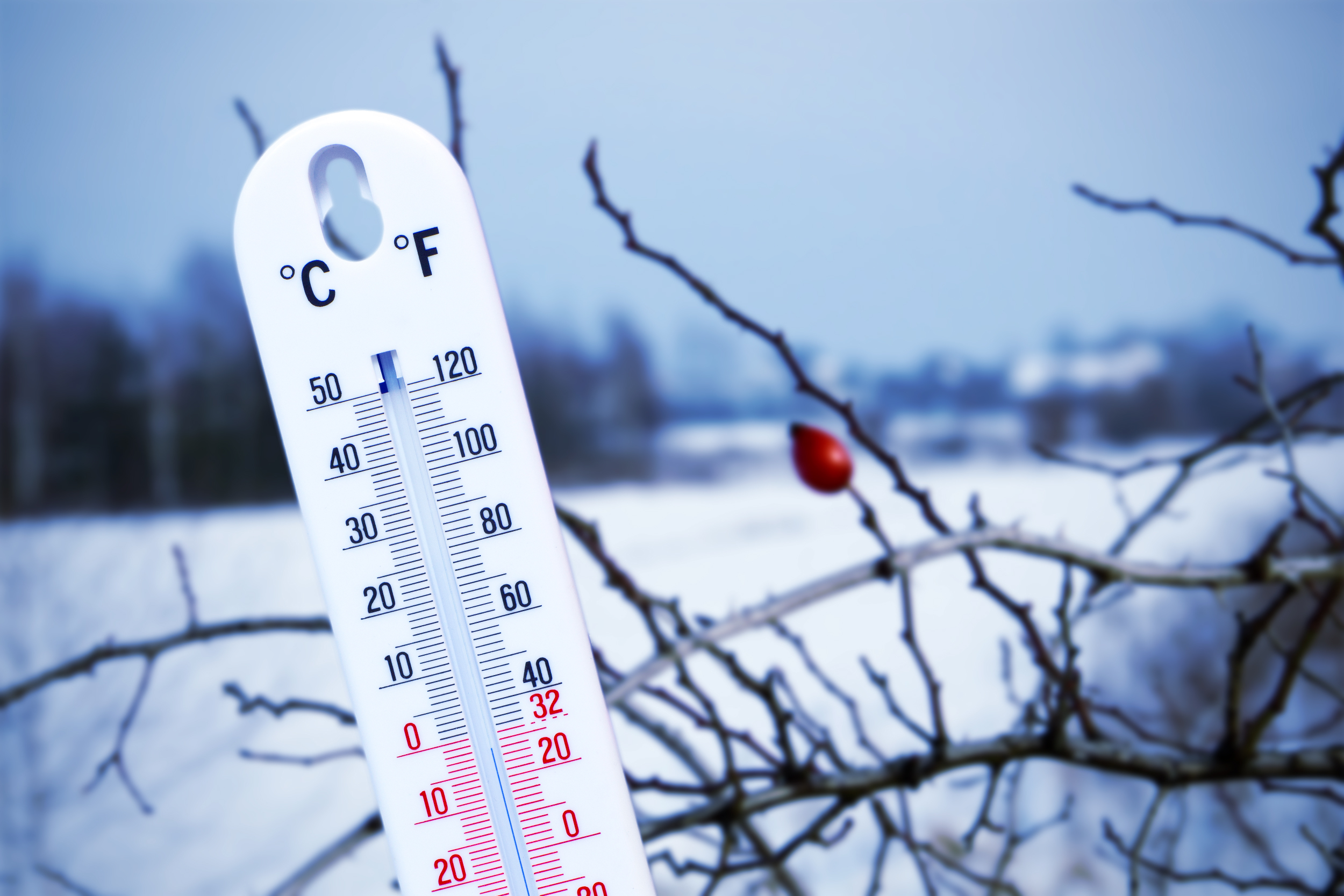
Climate change responsible for extreme cold during the winter
The impact of climate change high up in the Arctic can be felt in other parts of the Northern Hemisphere, according to a new study. When the high-altitude winds that circle this region lose strength, cold polar air escapes. Researchers have linked a weakening polar vortex to extreme winter cold in Europe and Russia.
Marlene Kretschmer from the Potsdam Institute for Climate Impact Research is the lead author of the study.
“In winter, the freezing Arctic air is normally ‘locked’ by strong circumpolar winds several tens of kilometers high in the atmosphere, known as the stratospheric polar vortex, so that the cold air is confined near the pole,” said Kretschmer. “We found that there’s a shift towards more-persistent weak states of the polar vortex. This allows frigid air to break out of the Arctic and threaten Russia and Europe with cold extremes. In fact this can explain most of the observed cooling of Eurasian winters since 1990.”
While winters in parts of the northeastern United States and Eurasia have been abnormally cold despite climate change, the Arctic has been rapidly warming. Researchers have found that these occurrences are most likely linked.
As global warming melts sea ice north of Scandinavia and Russia, warmth from the ocean is released into the atmosphere. This warmer air can reach as high as 30 kilometers, disturbing the polar vortex. High-altitude polar wind circling the Arctic begins to lose strength and begins to favor the mid-latitudes.
“Our latest findings not only confirm the link between a weak polar vortex and severe winter weather, but also calculated how much of the observed cooling in regions like Russia and Scandinavia is linked to the weakening vortex. It turns out to be most,” said co-author Judah Cohen. “Several types of weather extremes are on the rise with climate change, and our study adds evidence that this can also include cold spells, which is an unpleasant surprise for these regions.”
Research efforts are underway to see how climate change in the Arctic may also impact other parts of the planet.
“It is very important to understand how global warming affects circulation patterns in the atmosphere,” said co-author Dim Coumou. “Jet Stream changes can lead to more abrupt and surprising disturbances to which society has to adapt. The uncertainties are quite large, but global warming provides a clear risk given its potential to disturb circulation patterns driving our weather – including potentially disastrous extremes.”
—
By Chrissy Sexton, Earth.com Staff Writer













